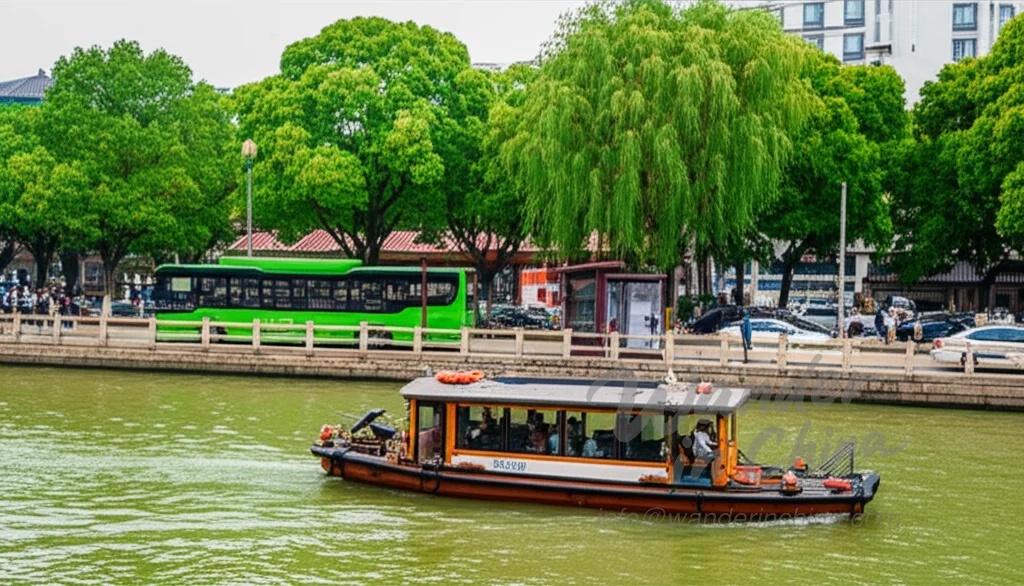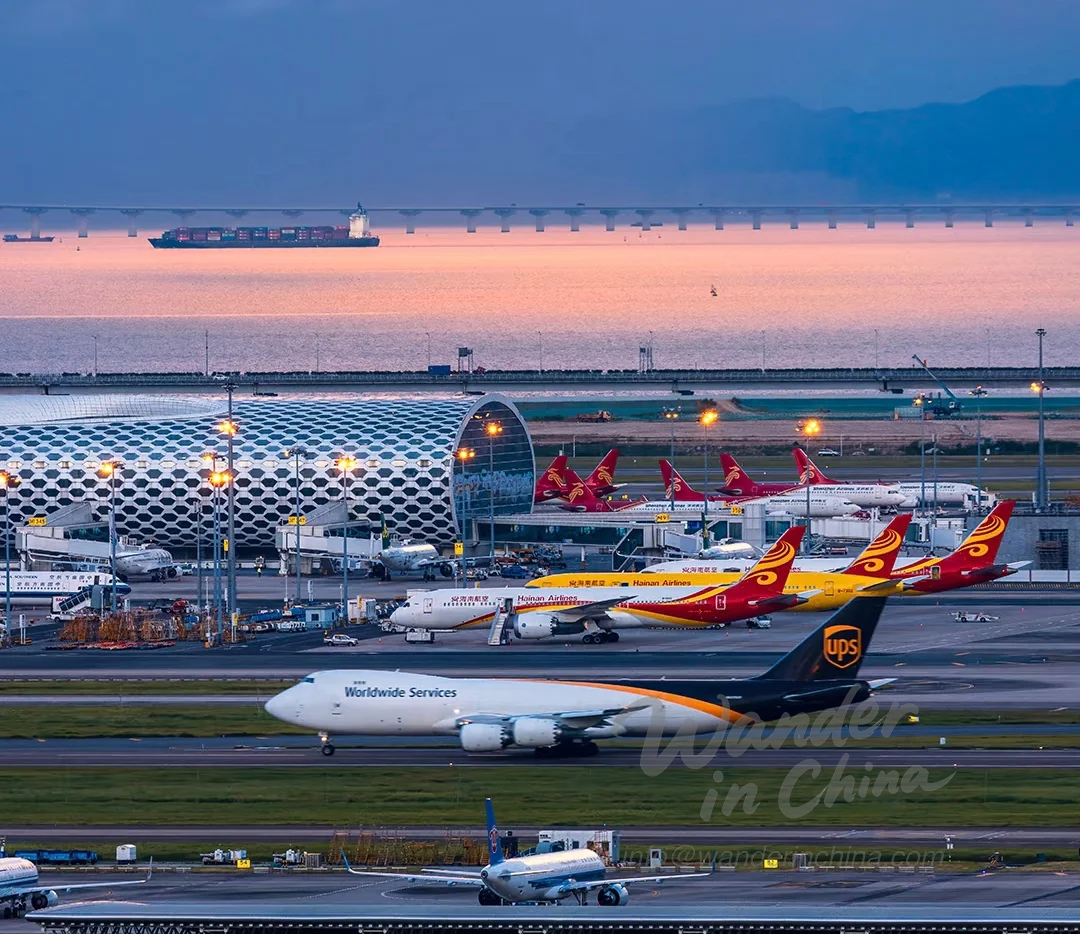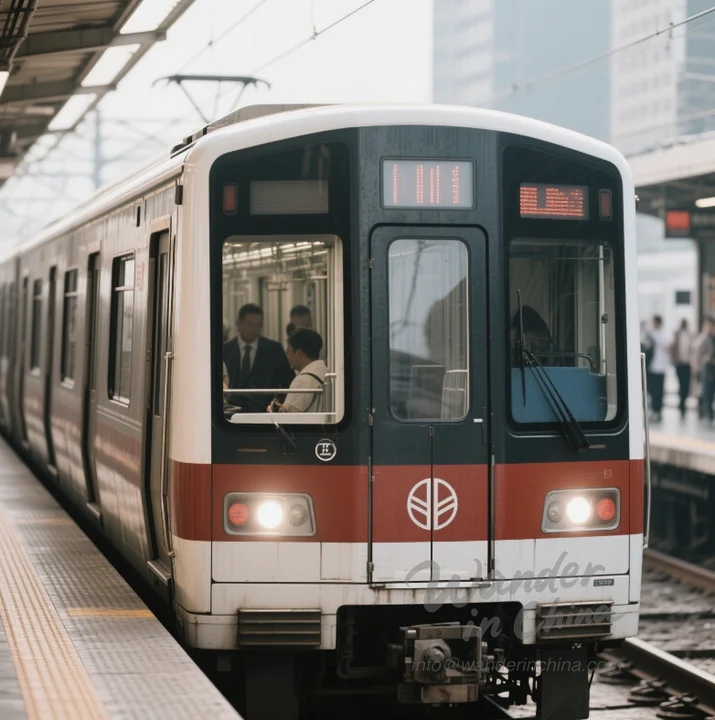Suzhou Transportation: Your Ultimate Guide to Getting Around

Overview of Transportation in Suzhou
Suzhou, often dubbed the “Venice of the East,” is a city brimming with canals, gardens, and historical sites. Navigating this enchanting city efficiently is crucial for making the most of your visit. Understanding the available transportation options allows you to seamlessly explore its hidden gems and iconic landmarks.

Efficient transportation is paramount for tourists. By understanding the Suzhou public transportation system, including the Suzhou metro map, bus routes, and taxi services, you can save valuable time and immerse yourself fully in the city’s culture and beauty. For a complete overview, see our main guide to Suzhou.
Metro: The Fastest Way to Get Around
The Suzhou metro system is a modern and efficient way to travel around the city. With its expanding network, the subway offers a quick and convenient alternative to other forms of transportation, especially during peak hours.
The network coverage is extensive, connecting major attractions, commercial districts, and residential areas. Key lines for tourists include Line 1, which runs east-west and provides access to popular destinations like Guanqian Street and Jinji Lake, and Line 4, which connects Suzhou Railway Station and other important areas. Learning how to use Suzhou subway is straightforward, with clear signage in both Chinese and English.
Payment options are diverse. You can purchase single-journey tickets at vending machines in the stations, use a Suzhou public transportation card (available at convenience stores and metro stations), or use mobile payment apps like Alipay and WeChat Pay, which are widely accepted.
Bus System: Extensive and Affordable
The bus system in Suzhou is an extensive and affordable option for getting around. It complements the metro by reaching areas not directly served by the subway.
To identify routes and stops, look for bus stop signs with route numbers and destinations displayed in both Chinese and English. Online maps and transportation apps can also help you plan your journey. Suzhou bus routes cover almost every corner of the city.
Payment methods include purchasing tickets on board (usually requiring exact change), using a Suzhou public transportation card, or using mobile payment apps. The bus system is a budget-friendly option, but be prepared for potential delays during rush hour.
Taxis and Ride-Hailing Apps
Taxis are readily available in Suzhou, offering a convenient door-to-door service. However, it’s essential to understand the nuances of hailing a taxi vs. using Didi.
Hailing a taxi on the street is common, especially in busy areas. Alternatively, you can use Didi, the dominant ride-hailing app in China. Didi provides a seamless booking experience and allows for cashless payments. It’s a reliable option, especially if you don’t speak Chinese.
Understanding fares is crucial. Taxis in Suzhou use a meter, and fares are typically displayed clearly. Didi provides fare estimates before you book a ride, ensuring transparency. Be aware that surcharges may apply during peak hours or late at night. If you’re heading out to sample Suzhou Cuisine, a taxi or Didi might be the easiest way to get to those hidden restaurants.
Train Station Access: Connecting to High-Speed Rail
Suzhou boasts excellent high-speed rail connections, making it easily accessible from other major cities in China. Understanding how to reach the train stations is essential for onward travel.
Getting to Suzhou Station and Suzhou North Station is relatively straightforward. Suzhou Station, located in the city center, is accessible by metro (Lines 2 and 4), numerous bus routes, and taxis. Suzhou North Station, serving high-speed trains, is further from the city center but can be reached by metro (Line 2) and dedicated bus lines. Allow ample time for travel, especially during peak seasons.





